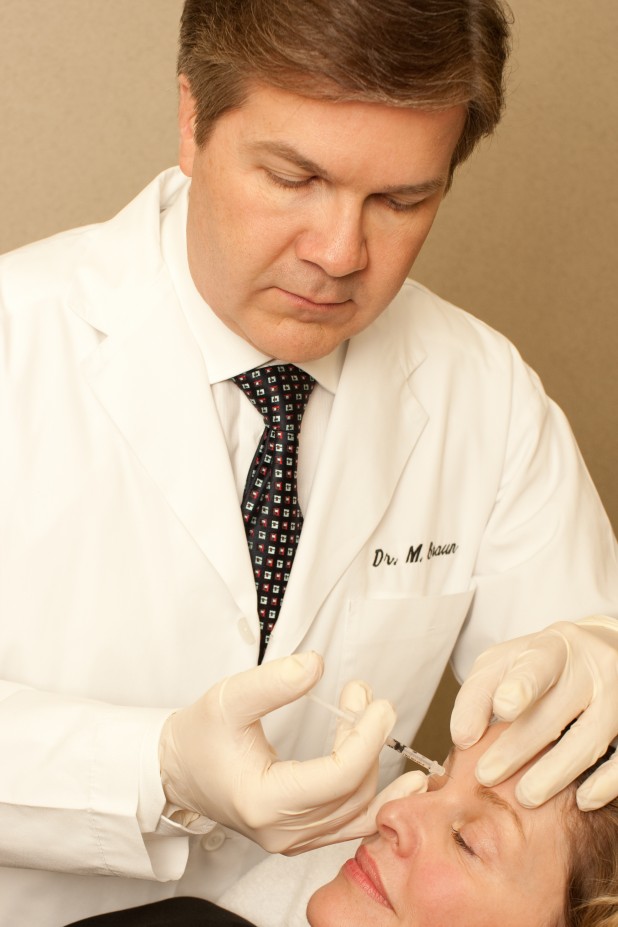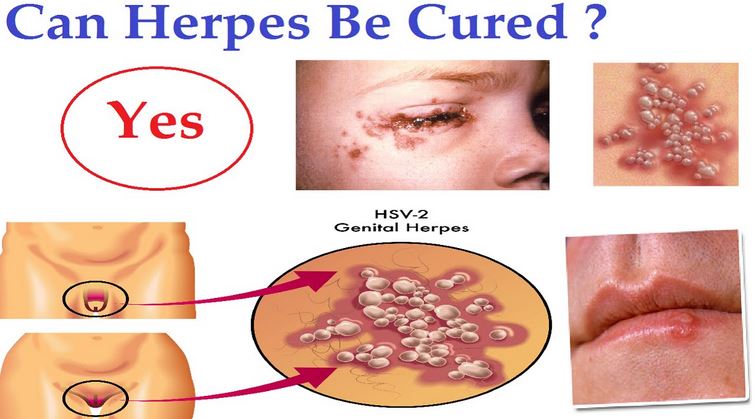Botox treatment and dermal fillers have similar goals at the end of the day. They are an anti-aging treatment, which are mostly used for the face. But, they are not interchangeable. In fact, these treatments are drastically different from one another. Here is a quick overview of the primary differences between these anti-aging treatments. Let’s explore them so that they can help you to make a better decision.
Results of the treatment:
Botox is a neurotoxin, which acts as a muscle relaxer. So, this treatment is used on forehead, frown lines, crow’s feet, necklines and other wrinkles. It relaxes the muscles and softens the wrinkles temporarily. On the other hand, dermal fillers replace the collagen lost in the aging process. It fills the sagging skin and plumps it back to youthful and elegant contours. Due to stimulation of the collagen, it increases the volume of skin and restores its youthful smoothness. The ideal treatment is recommended based on the desired result. Some need to relax the wrinkles while others need to plump the skin.
Procedures:
Botox treatment is in the form of injections. These injections, which are relatively painless, have no or little bruising after the procedure. Most people can resume their normal activities immediately. The dermal fillers procedure is different. You will receive a topical anesthetic to elevate the pain. Then, you will receive a series of injections. It is an outpatient surgery and does not necessitate an overnight stay. But it may cause some bruising and redness. So, rest and follow-up will be essential for full recovery and optimal result.
Longevity:
Botox treatment is a relatively effective but temporary solution. Its results are visible within 3 to 5 days of the treatment, and it can last anywhere from 3 to 6 months. But, initial redness or bruising is a common part of the dermal fillers treatment. That can last for 7 to 10 days. However, dermal fillers remain effective for six months to 2 years.
Botox or fillers, which should help you choose?
Dermal fillers are more suitable for individuals wanting to get rid of lines and creases that are not too deep or reduce the appearance of other facial skin imperfections, such as scars from acne spots. These are also very popular for non-surgically filling in dips and depressions on the nose bridge. Fillers also can be used for plumping up lips that are asymmetrical, or to give one more of a pout. There are many different types of dermal fillers on the market, each with its particular benefits and shortcomings.
Botox is the choice of discerning men and women who are trying to eliminate facial lines and wrinkles that are more apparent than minor creases in the skin. Your cosmetic doctor will assess whether you need Botox or dermal fillers for you. The choice of which one to use is dependent on the positioning, severity, and depth of your wrinkles.
As a general rule of thumb, the wrinkles around and between your eyes and on your forehead are usually treated with Botox. Folds around your mouth and chin are often treated by dermal fillers.

